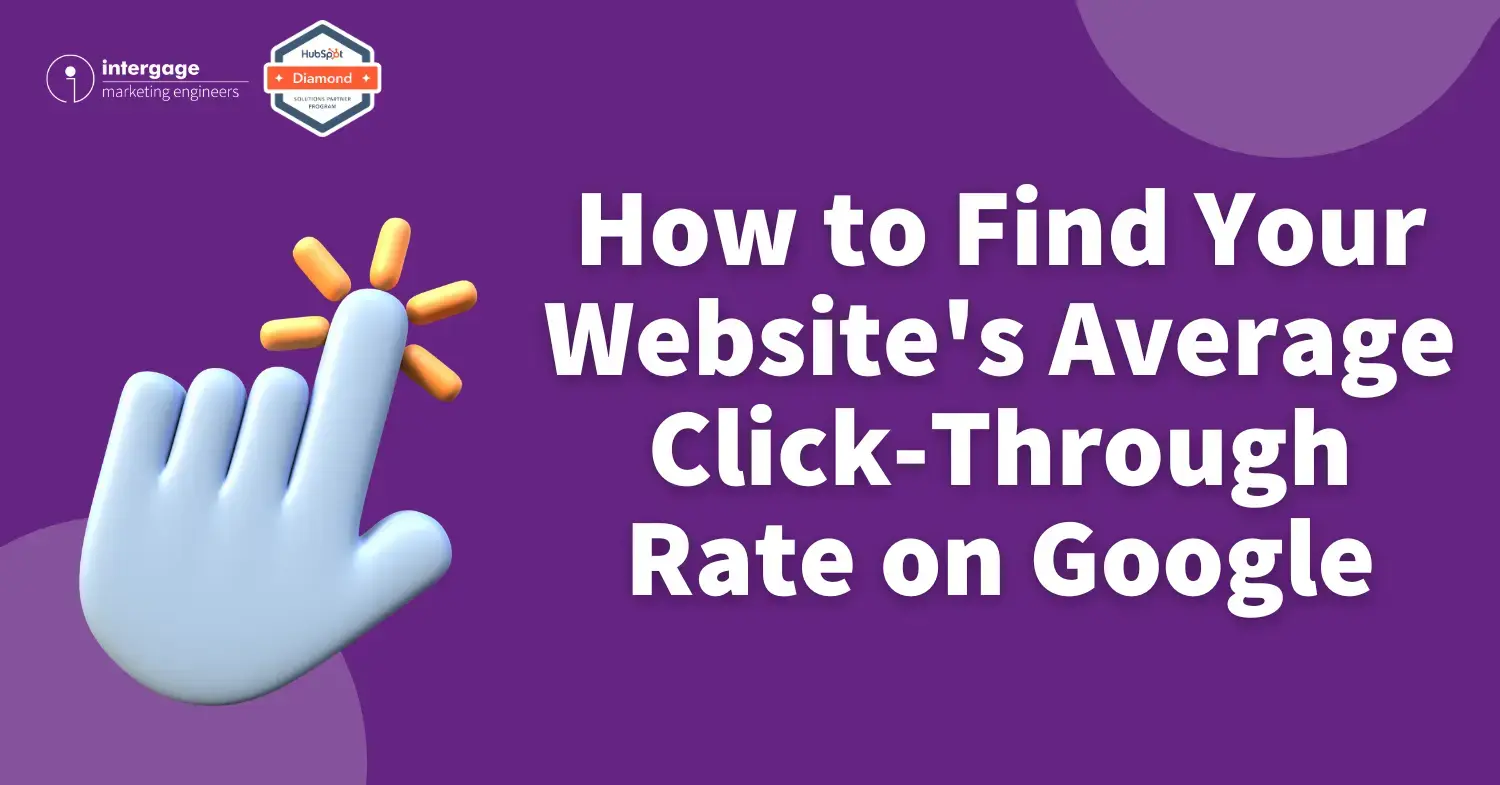Us Vs. You - Talking TO Your Audience On Your Website
Conversation is an art.
When applied with skill, your conversations can build bonds, extract information and provide wisdom. Clumsy conversations will risk the opposite, however; you could bore, annoy or even repel your new-found friends.
As marketers, we’re keen to be conversation magnets.
We want our prospects to hang on to every word we utter, because they know that we ‘get it’; we want them to trust us implicitly, because our words are so much more than just sales patter – they show that we genuinely care and deserve their business.
However, even when armed with the intention to wow prospects through magnetic and relatable content, conversation can go awry.
To be a great content writer, you need to be a good listener, too.
We’ve all met somebody who can tell you their life story in 15 minutes or less.
From first dates to meeting new colleagues, some people are born conversation athletes – and you’re bound to meet one around the water cooler or Zoom ‘mute’ button, sooner or later.
.png?width=1200&name=Blog%20Social%20Posts%20(22).png)
Before you know it, the minutes tick on and your conversation partner has diligently equipped you with seeds of bountiful knowledge about themselves, from their preferred breakfast latte to their dog’s next birthday (he’ll be TEN!).
Although it can be endearing to know that your presence has been enjoyed, the warm glow soon wears off when you realise that you could have been any human lifeform in that one-way conversation; nothing about it was personal to you. You weren’t asked any questions or invited to form an opinion. You were simply the current, available ear for a deluge of chatter.
Ultimately, this leaves you feeling unimportant and unfulfilled. Next time, you’ll seek somebody who pays some interest.
A written conversation can reach the same conclusion. If your reader is simply treated like a net to catch the balls you throw, they’ll soon get bored of just standing there. They’ll drop the net and close the page, be it on your website or printed assets.
This is why you can’t forget the nuances of good conversation when it comes to your marketing.
An effective content strategy is all about knowing your prospects and talking directly to them, while answering their questions.
When creating content which discusses your company’s benefits, you may feel that your prospects will ‘get the message’ in regard to those services being for them – for example, ‘We have been offering our clients a tailored service with competitive prices for years’.
This statement is inward facing; it doesn’t speak directly to the prospect. Instead, the content comes across as self-serving. You’re only talking about yourself, albeit in terms that you think will be appealing to others.
There’s an easy way to discover if you’re a culprit.
Go to the homepage of your website and hit Ctrl + F to do a search. Then individually type in ‘we’, ‘us’ and ‘our’. If you have any of these words on your Homepage, then the focus of your content is wrong.
It’s easy to see how this happens – “we will help, our service is excellent”, etc. Although it’s written for the prospect’s benefit, they’re still playing second fiddle to what you want to say about yourself.
It’s time to replace ‘we’ and ‘I’ with ‘you’, across the board.
Let’s take the earlier example - ‘We have been offering our clients a tailored service with competitive prices for years’.
Switch it to ‘Marvellous Manufacturing have years of experience in the industry and will tailor their service around you, while ensuring that you benefit from a competitive price’.
The prospect is now right at the heart of the content.
So, who is your content REALLY for?
The easy answer is ‘them’…. But who are they?
The only thing worse than talking to yourself is talking to nobody-in-particular. You probably just sound nuts.
In order to truly understand your audience and what they need from your content, you must define your buyer personas – a semi-fictional representation of your ideal buyer based on data, interviews, and some educated guesses.
You can read our handy guide to creating buyer personas here.
Once you’ve honed your buyer personas, you can tailor your content specifically around them. You’ll be able to address their pain points directly and answer their questions without haste, ensuring that they remain squarely in your focus.
Better yet, you’ll start building a relationship with your prospect as soon as they hit your website – even before they’ve sent an enquiry.
Once you know your buyer, be sure to know their journey.
With the help of your buyer personas, you’ll soon nail exactly who your prospects are and what they want.
Next, you need to figure out where they are on their quest for knowledge, and how you can be in the right place at the right time to help them.
The HubSpot definition of the buyer’s journey is ‘the research process someone goes through leading up to a purchase’.
This is something we can all relate to in the digital age. Whether you’re buying a new pair of shoes or professional services, there’s a wealth of information at your fingertips to help you decide exactly what you need. Whether the process is long or short will depend on your prior knowledge, but generally, we all go down some kind of research path before clicking ‘Buy Now’.
The buyer’s journey breaks down this familiar routine and creates checkpoints at which marketing companies should tailor their content:
- Awareness: “I have a need.”
- Consideration: “Let’s see who can fulfil my needs, and how.”
- Decision: “I know who can best fulfil my needs. Let’s pick one.”
.png?width=1200&name=Blog%20Social%20Posts%20(23).png)
By knowing where your prospects are in the buyer’s journey, you’ll know more than just ‘who’ you’re talking to – you’ll know all the right cues of where to step in, too. Before you know it, you’ll have truly mastered the art of marketing conversation.
Are your competitors silver-tongued or utterly ham-fisted?
You’re well on your way to upping your content marketing game – go you!
But what about your competitors? Wouldn’t it be handy to know exactly what they’re up to, including how they find their prospects, start their conversations and ultimately win sales?
We can help! Sign up for your free competitor report today.





